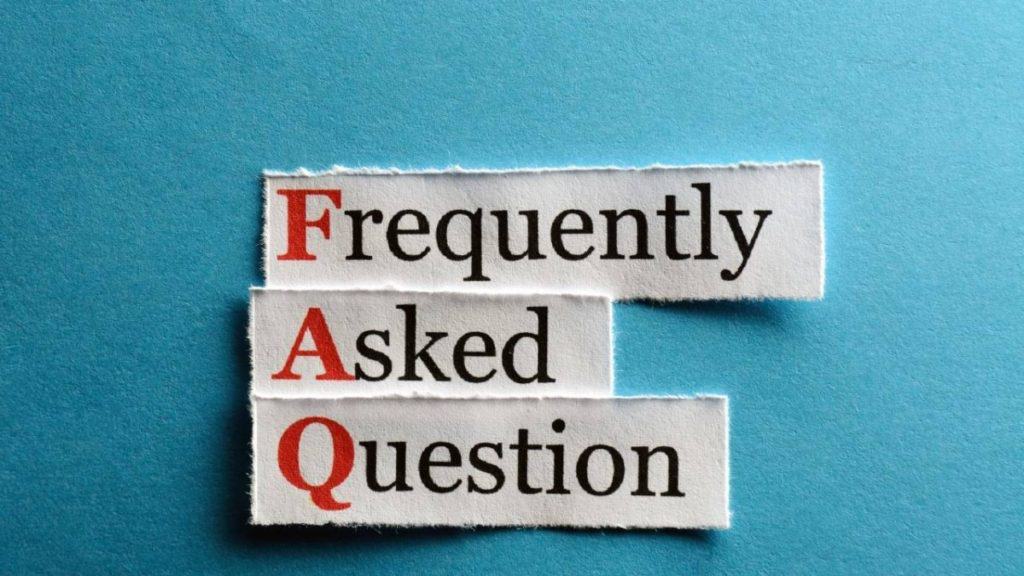
Running is a great way to stay healthy and achieve your weight-loss goals. Not only does it burn calories quickly, but it’s also a cheap and easy way to keep your mental and physical health in check. If running is your go-to physical activity for weight loss, you might be thinking, how much running do you need to do to lose a pound?
To lose one pound of fat, you’ll need to run around 30-35 miles at 10 minutes per mile pace. There are 3500 calories in 1 pound of fat. On average, running 1 mile burns 100 calories. If you were to run 5 miles a day, you would lose 1 pound of fat every week.
It sounds simple, but there’s a lot more to it! This article breaks down the components behind weight loss and how running can help you lose weight. Continue reading and learn how you can become fitter and healthier by running.
Table of Contents
How Can Running Help You Lose Weight?

Running is one of the simplest ways to burn calories. It’s affordable, easy, and effective. You’ll burn more calories per minute than you would with a lot of other exercises. It’s also an easy and inexpensive way to work out since there’s no need for pricey equipment or a gym membership. All you need is a decent pair of running shoes.
If you want to shed a few pounds through running, it’s essential to know how weight loss works.
Creating a Calorie Deficit
To lose weight, you have to create a calorie deficit. Simply put, it means that, on average, the number of calories you burn should be greater than the number of calories you consume. No matter how you run, if you’re consuming more calories than you burn, you won’t be able to lose weight.
To lose one pound of fat in a week, you must create a calorie deficit of 3500 calories. If you plan on running to create this deficit, you would have to burn 500 calories on each run. The average person burns about 100 calories per mile, meaning that you could lose one pound by running 5 miles daily.
However, calculating the calories you burn isn’t that simple. In reality, the amount of calories you burn while running depends on your body weight and running speed. The table below shows the number of calories burned for different bodyweights and how much to run to create a 3500 calorie deficit.
| Bodyweight(lbs) | Running Pace(min per mile) | Calories burned per mile(kcal) | miles needed to create a 3500cal deficit |
| 125 | 10 | 97 | 36 |
| 150 | 10 | 117 | 30 |
| 175 | 10 | 136 | 26 |
| 200 | 10 | 156 | 22 |
By using a calorie burn calculator, you can measure how many calories you are burning on your runs. By simply entering your body weight and running time and distance, you can learn how fast you’re running and how many calories you’re burning on each run. This can help you measure how many miles you need to run to create a 3500 calorie deficit and lose one pound.

How to Burn More Calories While Running?
Running 30 to 35 miles per week seems difficult (and it is!), but the good news is you can burn calories at a higher rate without running as much.
By incorporating techniques such as incline running or interval training, you can burn calories more efficiently and hit your weight loss goals much faster.
Run at an incline
Whether you’re running on the treadmill or in the fresh air, adding an incline to your run can help make your run more intense, leading you to burn more calories.
If you’re on the treadmill, you simply have to choose the incline option and set it to your desired setting, or if you prefer running outside, you just need to find a pleasant hill or find some stairs to climb.
Running at an incline works your body harder, boosts your metabolism, and makes you burn calories faster. Incline running activates more muscles and increases your heart rate, helping you build strength and endurance. By running on an incline, you can burn more calories per mile, therefore needing to run fewer miles to lose pounds.

Interval Training
Interval training consists of short bursts of high-intensity, high-speed runs followed by a longer period of constant, lower-intensity running or walking. Incorporating intervals in your run can allow you to burn more calories as your metabolism speeds up.
Interval training makes your muscles work harder and allows you to reach greater speeds during high-intensity bursts. If you want to lose weight, interval training can help you burn more calories within the same distance.
More Tips on Losing Weight
While running may be an efficient and effective way of losing weight, there are some other techniques you can incorporate to improve your weight loss journey.

Make Sure You Eat Right
The calories you consume play a significant role in weight loss. To maintain a calorie deficit, consuming fewer calories than you are burning is important. Although tracking your calories isn’t necessary, being aware of the food you eat can help you lose weight more effectively.
Eating foods that are rich in the nutrients your body requires improves your overall health and boosts your metabolism. Mindful eating and avoiding foods that have a high-calorie content can allow you to be more in control of your calories and maintain a calorie deficit.
Get a Good Nights Sleep
Sleep plays a big part in our overall health and fitness. Poor sleep can cause your energy levels to drop and your metabolism to slow down.
To lose weight effectively, it’s crucial to increase your metabolic activity to burn calories more efficiently. Getting a good night’s sleep can boost your metabolism and help you along your weight loss journey.
Incorporate Strength Training Into Your Routine
It’s true that cardio workouts such as running help you lose weight faster. However, incorporating strength training into your routine can help you give your weight loss goals an extra boost.
Strength training helps build lean muscle. Muscles boost your metabolism and burn more calories, even when resting. Moreover, strength training gives you greater stamina and strength, making your cardio workouts more effective. By starting strength training, you can shed your pounds faster and stay healthier.

FAQs
Q: How long does it take to burn 1000 calories from running?
A: Most people will burn 1000 calories in 1-2 hours, depending on their running speed. A 200-pound person jogging at 7mph will burn 1,000 calories in roughly one hour. A 140-pound person sprinting at 6mph will burn 1,000 calories in approximately two and a half hours.
Q: Is it safe to lose one pound per week?
A: Many experts agree that dropping 1-2 pounds (0.45-0.9 kg) per week is a good and safe rate. More than that is considered excessive and may put you in danger of various health issues, including muscle loss, gallstones, nutritional deficiencies, and a decline in metabolism.
Final Thoughts
Running is a great way to achieve your weight loss goals and improve your health. You can shed pounds and boost the efficiency of your runs by incorporating different training methods into your routine.



